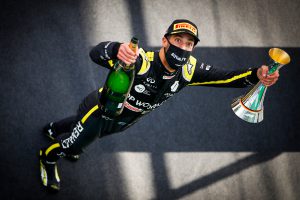Up Next

When Renault revived its works Formula 1 team ahead of the 2016 season, it had a five-year plan that it expected would put it in the position to fight for the world championship in 2020.
Yet here we are in 2020 and the team has only just celebrated its first podium finish thanks to Daniel Ricciardo’s third place in the Eifel Grand Prix on its 94th start since coming back.
According to then-Renault supremo Carlos Ghosn, that first top-three finish was originally scheduled for the third, not the fifth season.
So why has it taken Renault so long to get this far?
YEAR 1 – 2016
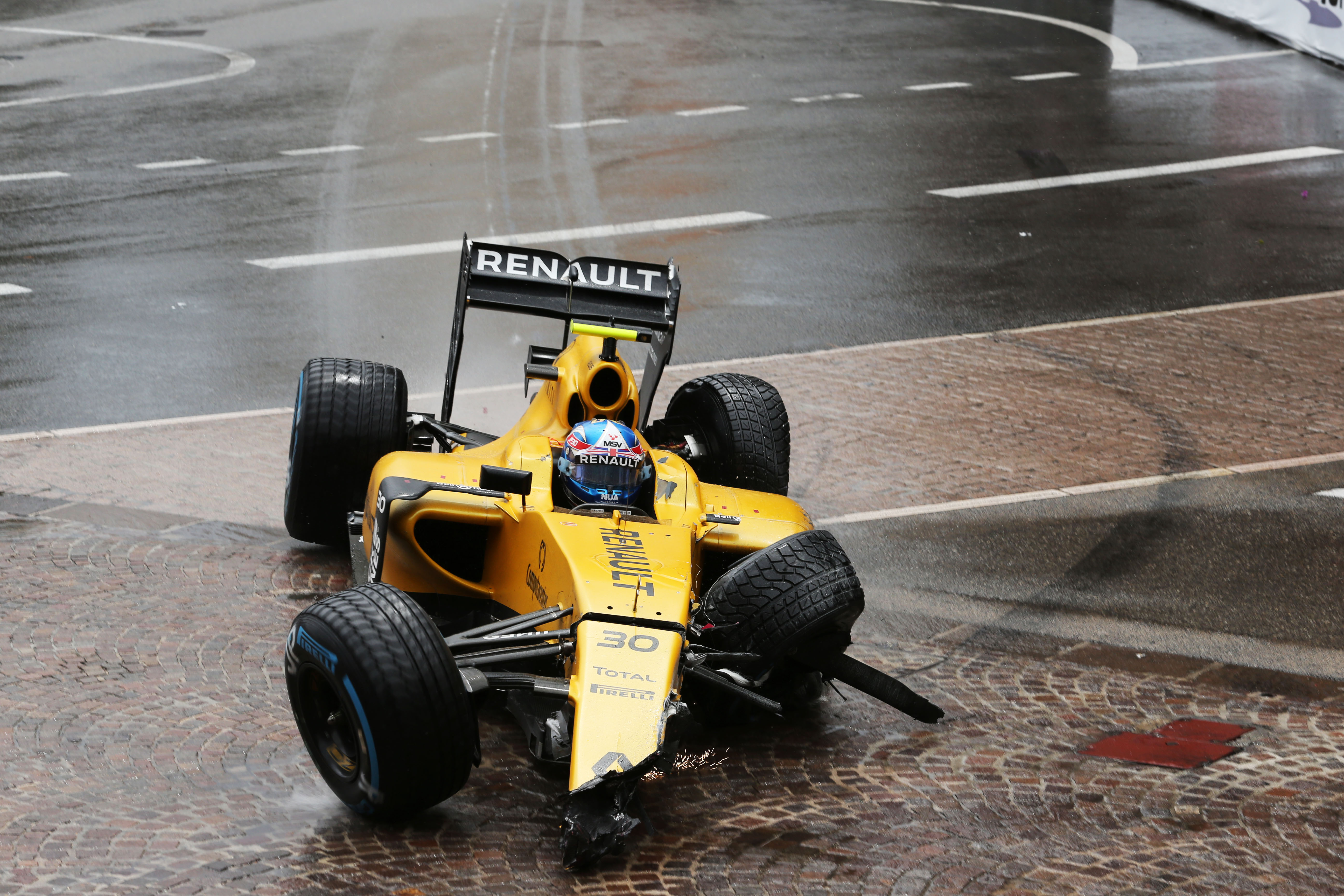
Renault completed its acquisition of the Enstone-based Lotus team in late 2015. Of course, that team wasn’t actually owned by Lotus, it simply carried the name having previously raced as Renault – even for two years after Renault sold the team to new owner Genii Capital.
But the team Renault bought was not in great shape after several years of underinvestment.
In 2012 and ’13 it had won races with Kimi Raikkonen, but slid down the order in the following two years. Given how late Renault completed the deal, the 2016 season was always going to be a difficult year running a car designed by the old team that had to be adjusted to take the Renault engine, rather than the previous Mercedes unit.
So that first season was a write-off. Kevin Magnussen and Jolyon Palmer did what they could – which proved to be a grand total of eight points and ninth in the constructors’ championship – with an underdeveloped car that was particularly bad over kerbs and bumps. Magnussen’s seventh place in the Russian Grand Prix was the high point.
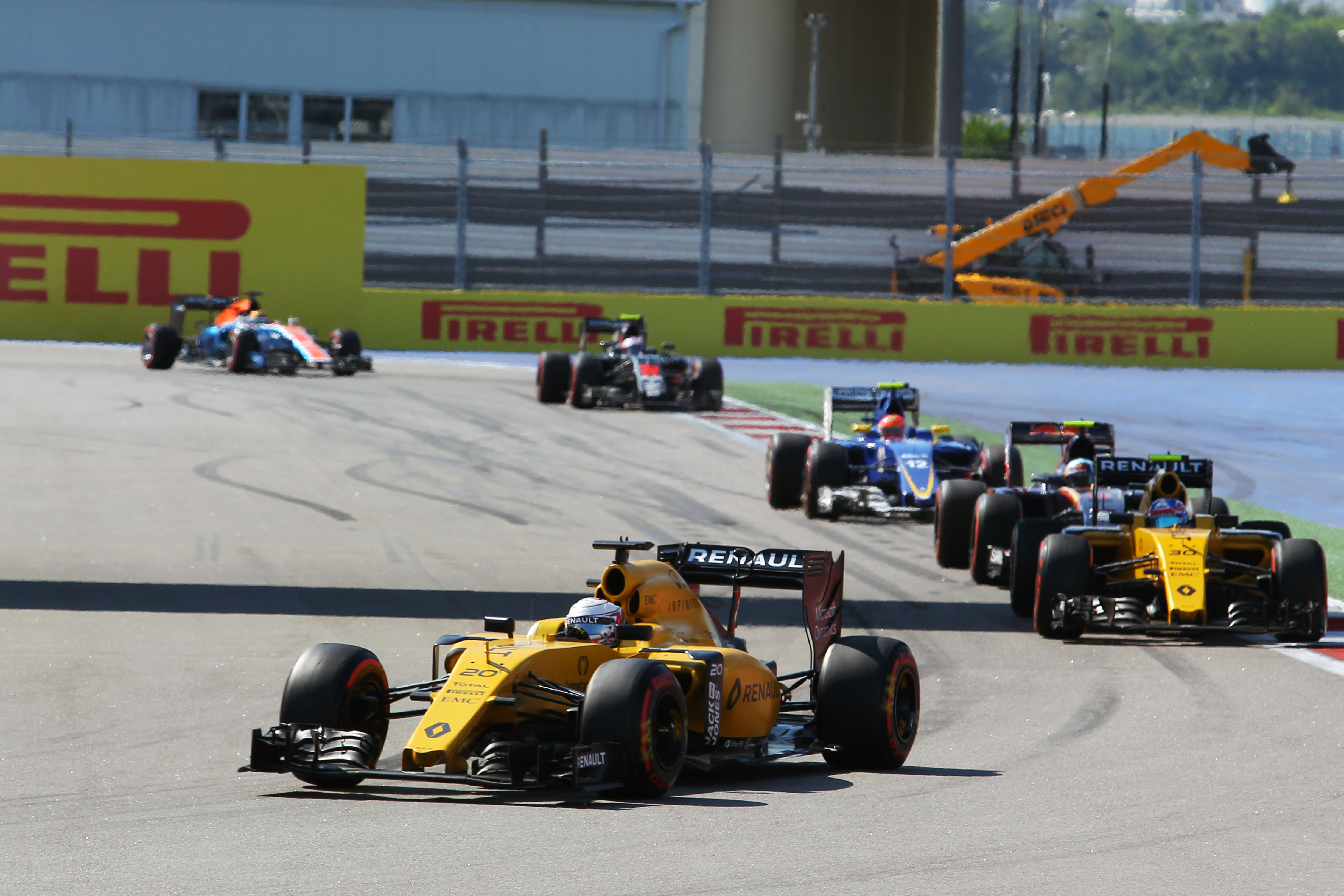
But during that campaign, then-Renault F1 managing director Cyril Abiteboul actually said that its five-year plan was being accelerated thanks to the investment being ramped up further.
Behind the scenes, there was plenty of recruitment with the team expanding from around 400 personnel to 570 by the end of the year and a push to upgrade the facilities at Enstone, so the future looked bright.
But the fact Renault’s objective was to beat F1’s grandees with a budget that was healthy, but not as big as Mercedes, Ferrari and Red Bull, did suggest it might be set for a rude awakening somewhere down the line.
YEAR 2 – 2017
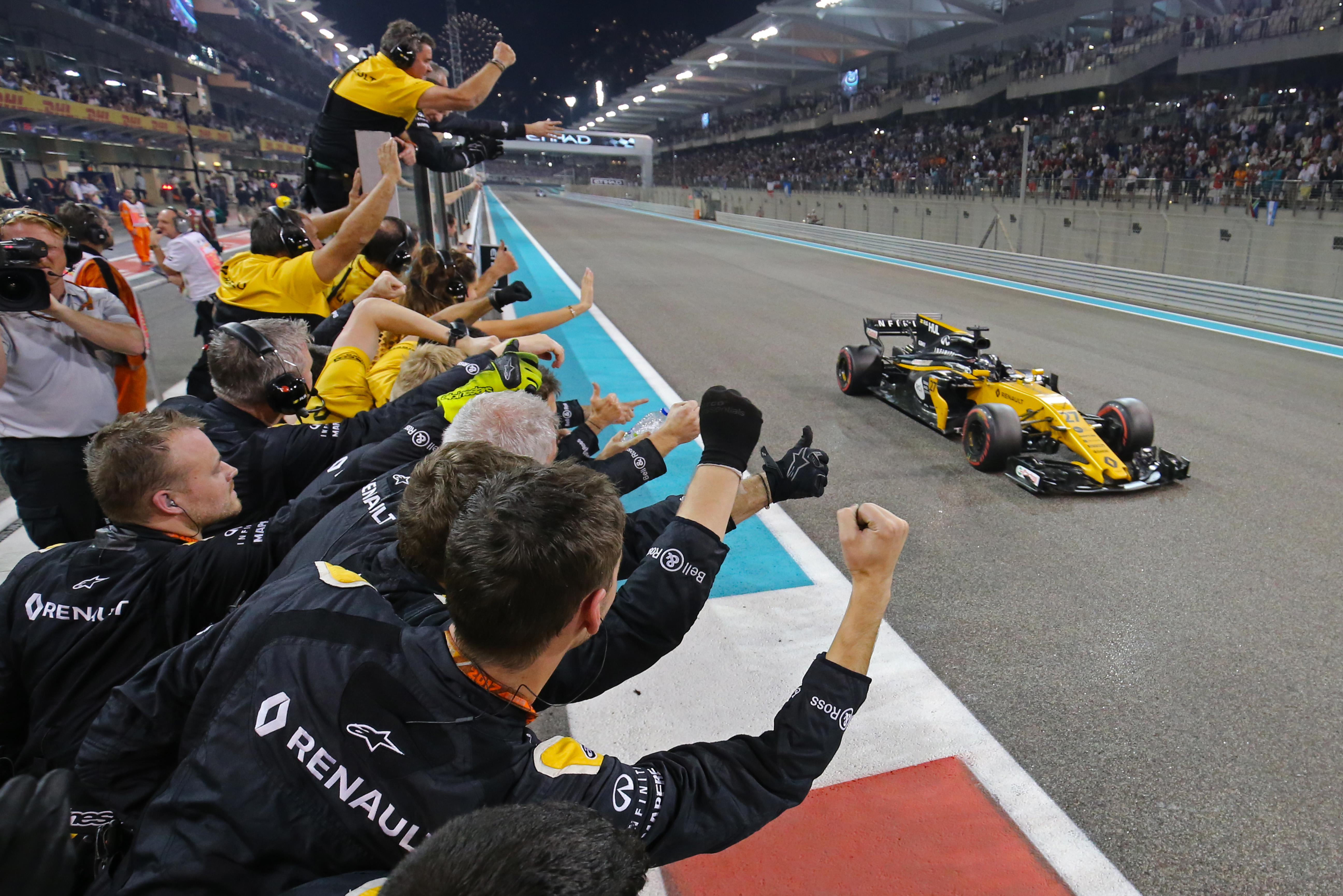
Renault signed Nico Hulkenberg from Racing Point to be its spearhead in 2017, retaining Palmer alongside him. That wasn’t the only change, with Abiteboul taking over as team principal after the departure of Frederic Vasseur.
Later in the season, Renault also brought in Carlos Sainz Jr on loan from Red Bull to replace Palmer for the final four races ahead of a full campaign in 2018.
On track, it was a vast improvement, with Hulkenberg’s sixth-place in the season-ending Abu Dhabi Grand Prix ensuring Renault beat Toro Rosso and Haas to sixth in the constructors’ championship.
Renault was now able to score consistently, with its high points a quintet of sixth-place finishes.
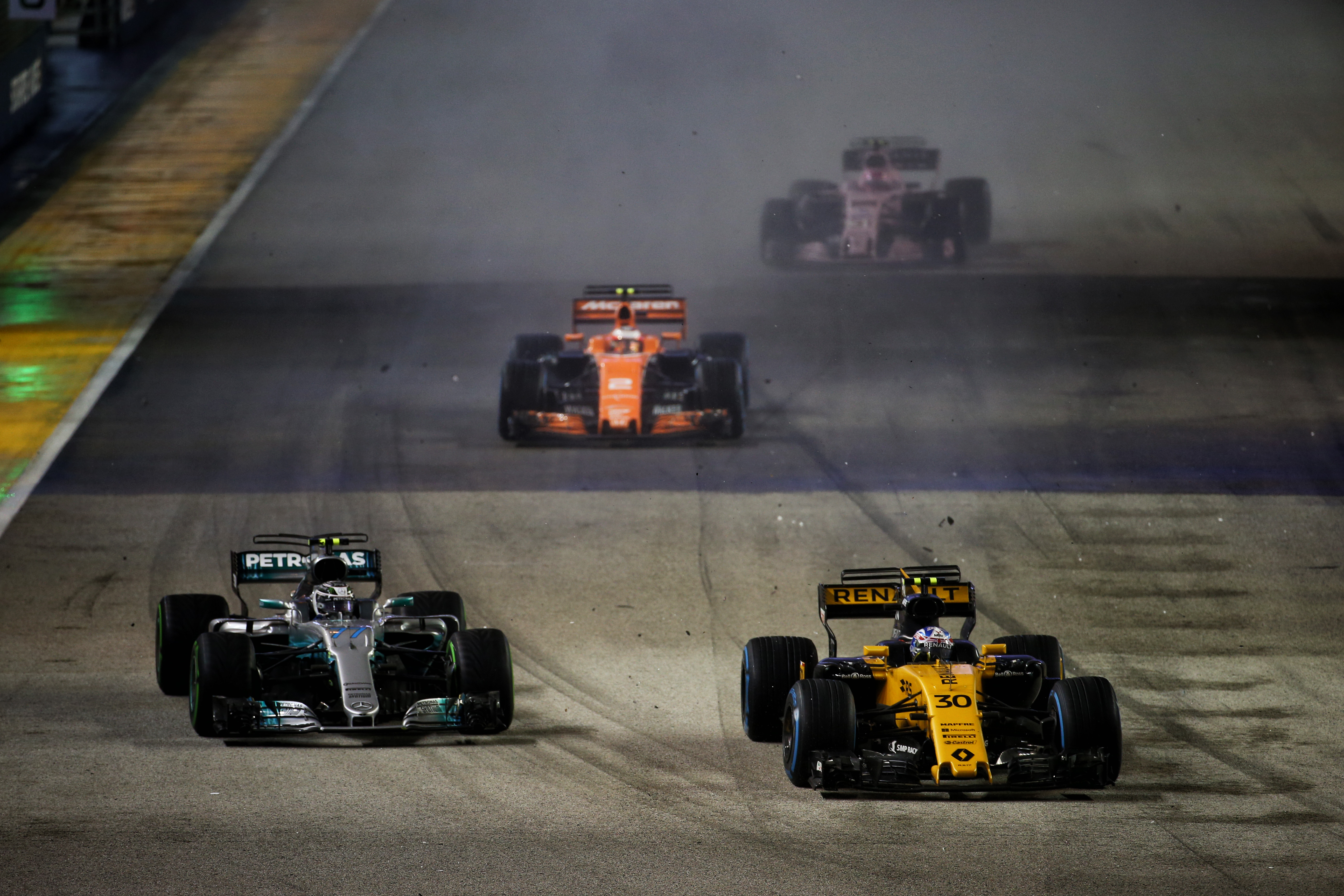
So great was Renault’s improvement and its potential that Mercedes team boss Toto Wolff even suggested it could make the big three a big four in 2018 given the significant investment being made.
Moves such as recruiting Marcin Budkowski as executive director strengthened the technical leadership, as well as ruffling rivals’ feathers given he had worked for the FIA technical department previously.
Wolff’s prediction felt a little premature as Renault was still battling reliability problems with its engine package that cost it a shot at fifth in the championship. It also struggled to get its new in-house MGU-K working reliably, meaning it had to use the old Magnetti Marelli-developed version throughout the year.
But with engine gains a priority, Renault was on a trajectory that might realistically take it into title contention by 2020.
YEAR 3 – 2018
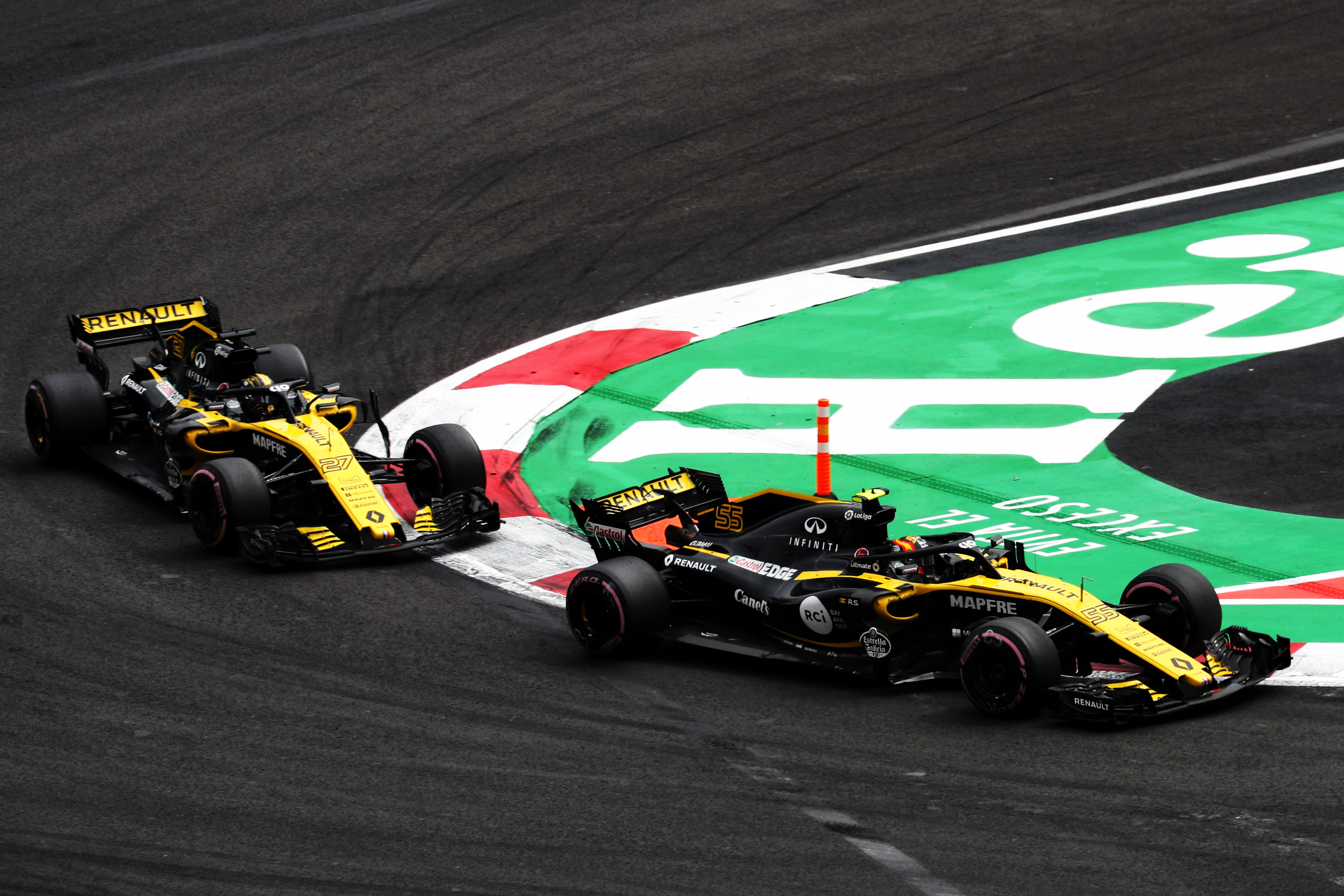
Renault partly delivered on Wolff’s prediction in 2018 by finishing fourth in the constructors’ championship, but it was a long way off bothering the big three.
Hulkenberg and Sainz managed one fifth place apiece with Renault picking up points in all but two races.
There were reliability problems and the much-vaunted new MGU-K still wasn’t ready for the start of testing. It was a struggle over the course of the season to keep pace on engine development even though the team did eventually get its new and improved ERS package working.
Yet Renault was the dominant force in the midfield battle. Hulkenberg won the unofficial ‘Class B’ title ahead of Sainz – calculated by awarding points based on results without the big three teams – and Renault ended the season on 122 points.
But the biggest step the team made during 2018 was the recruitment of Daniel Ricciardo in a surprise deal after he turned down the chance to remain with Red Bull. He was signed on a two-year contract worth a total of $50million as a statement of intent of the team’s ambitions.
Three years down and Renault’s targets had actually been hit, but during the German Grand Prix weekend in July of that season chief technical officer Bob Bell had sounded a warning when asked about the five-year plan.
“My quotation of five years was based in on historic evidence with what happened when Red Bull took over Jaguar, Mercedes took over Brawn, when Renault came in after taking over Benetton, and of course those were in different eras,” said Bell.
“Formula 1 is significantly more complex, the teams involved are significantly bigger now than back then, so I would say now that five years is a minimum.
“In terms of progress, we’re reasonably on track.
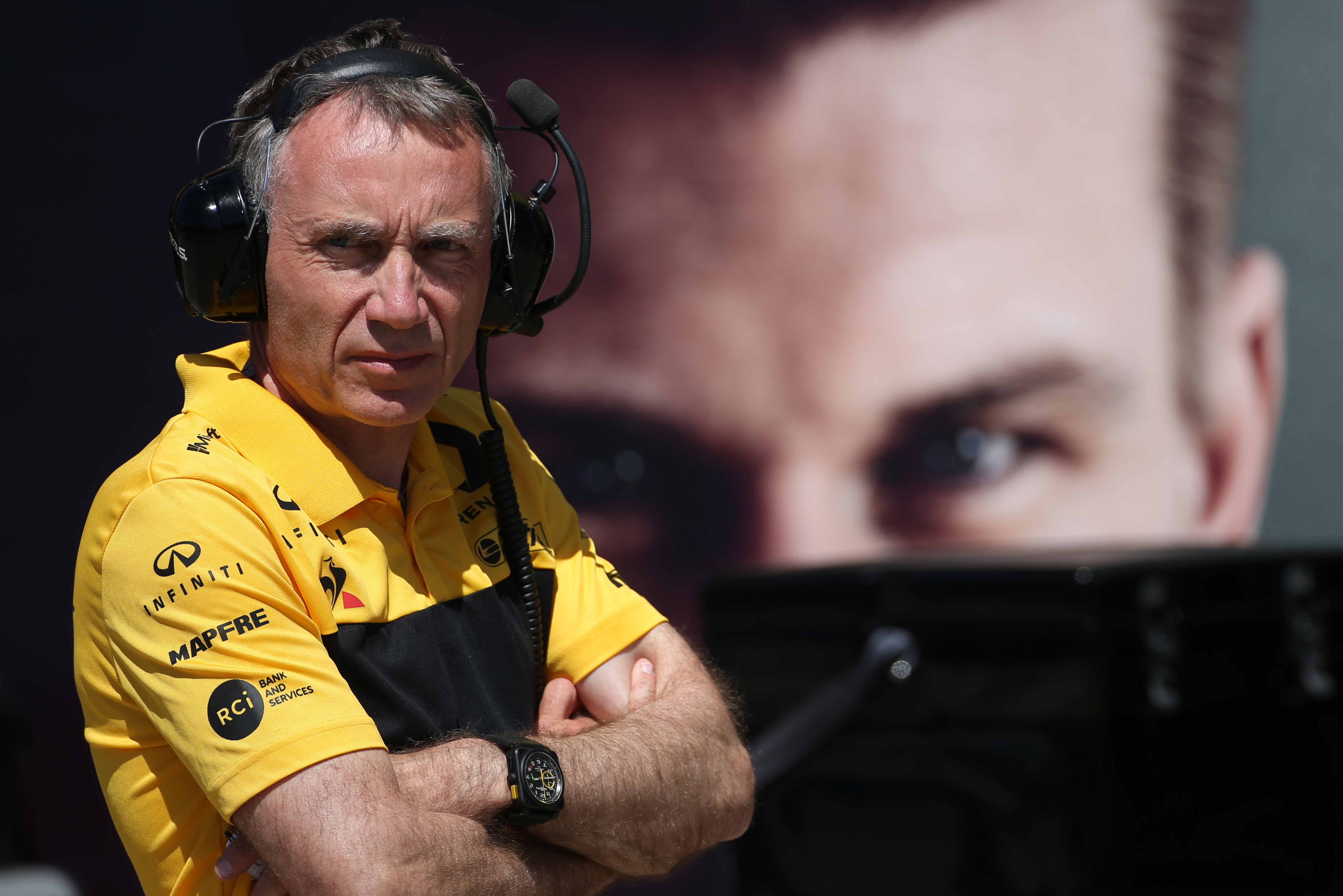
“We’re on target in terms of where we hoped to be on track, we’re on target in terms of where we hoped to be with development of the organisation – that’s rejuvenation of facilities, recruitment of staff, methodology, process, all those good things.
“And looking slightly further ahead, then I think next year again, realistically, if we can secure fourth place, close down the gap to the top three teams, then I think we will be in reasonably good shape.”
Bell was right to urge caution. This was at a time when the gap between the top three and the rest was growing and even amid the positive progress, it was clear things would get tough the higher Renault climbed.
YEAR 4 – 2019
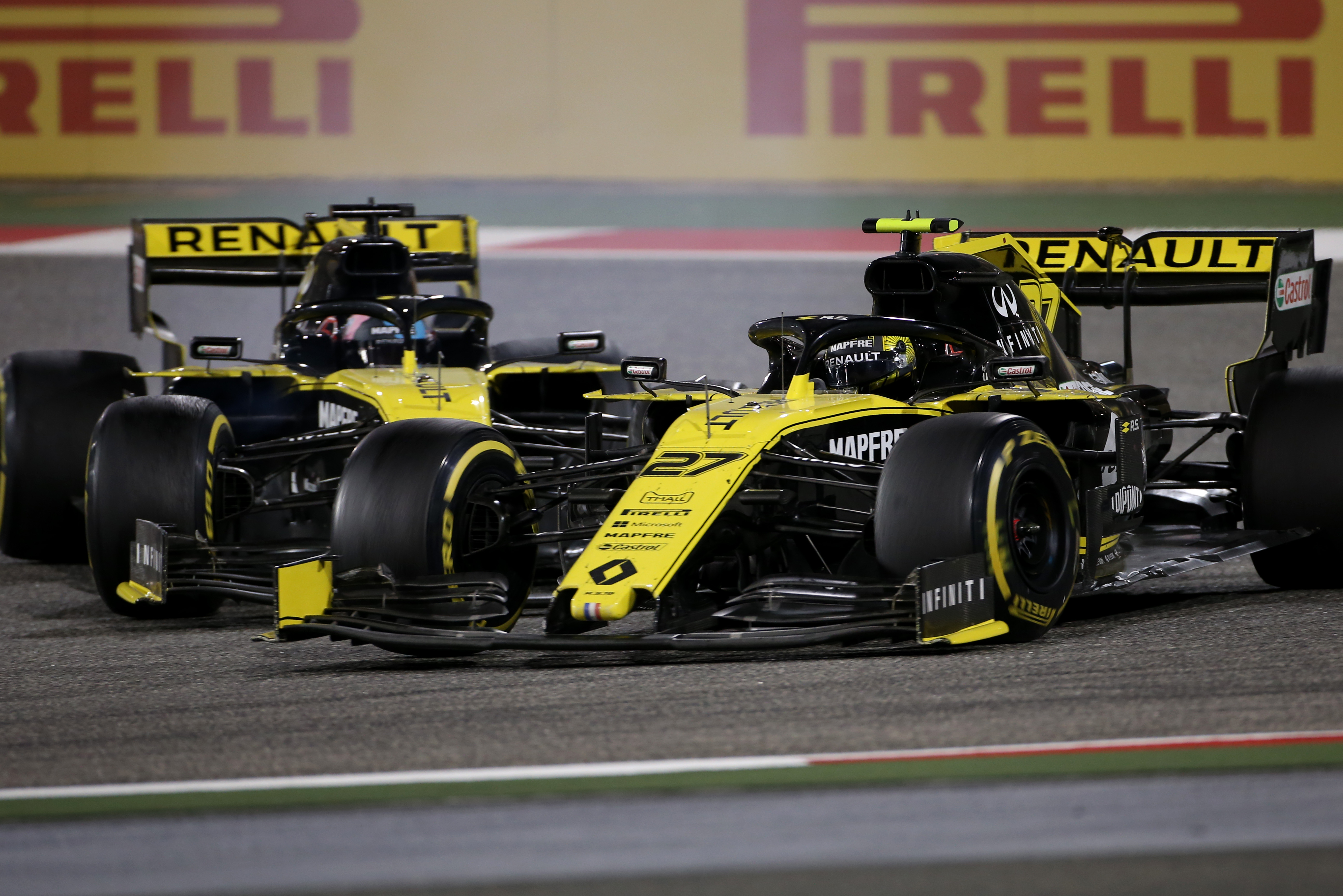
Sure enough, Renault’s progress came to a shuddering halt in 2019. Abiteboul’s target heading into the season wasn’t to break into the top three, but he did want to not just hold onto fourth place but also take what he called a “better” fourth place.
Instead, Renault slid to fifth, well behind McLaren and only just ahead of Toro Rosso and Racing Point.
Ricciardo’s arrival served to underline how much work the team still had to do. His debut in Australia was a disaster as he lost a front wing when he took to the grass at the startб and he admitted that the switch from a frontrunning, race-winning car to a midfielder was something of a culture shock.
At the Bahrain Grand Prix, Renault suffered the ignominy of both cars retiring within a few hundred metres of each other with unrelated power unit problems.
This was made worse by some bold pronouncements made by Abiteboul about how upgrades would get Renault back to the front of the midfield.
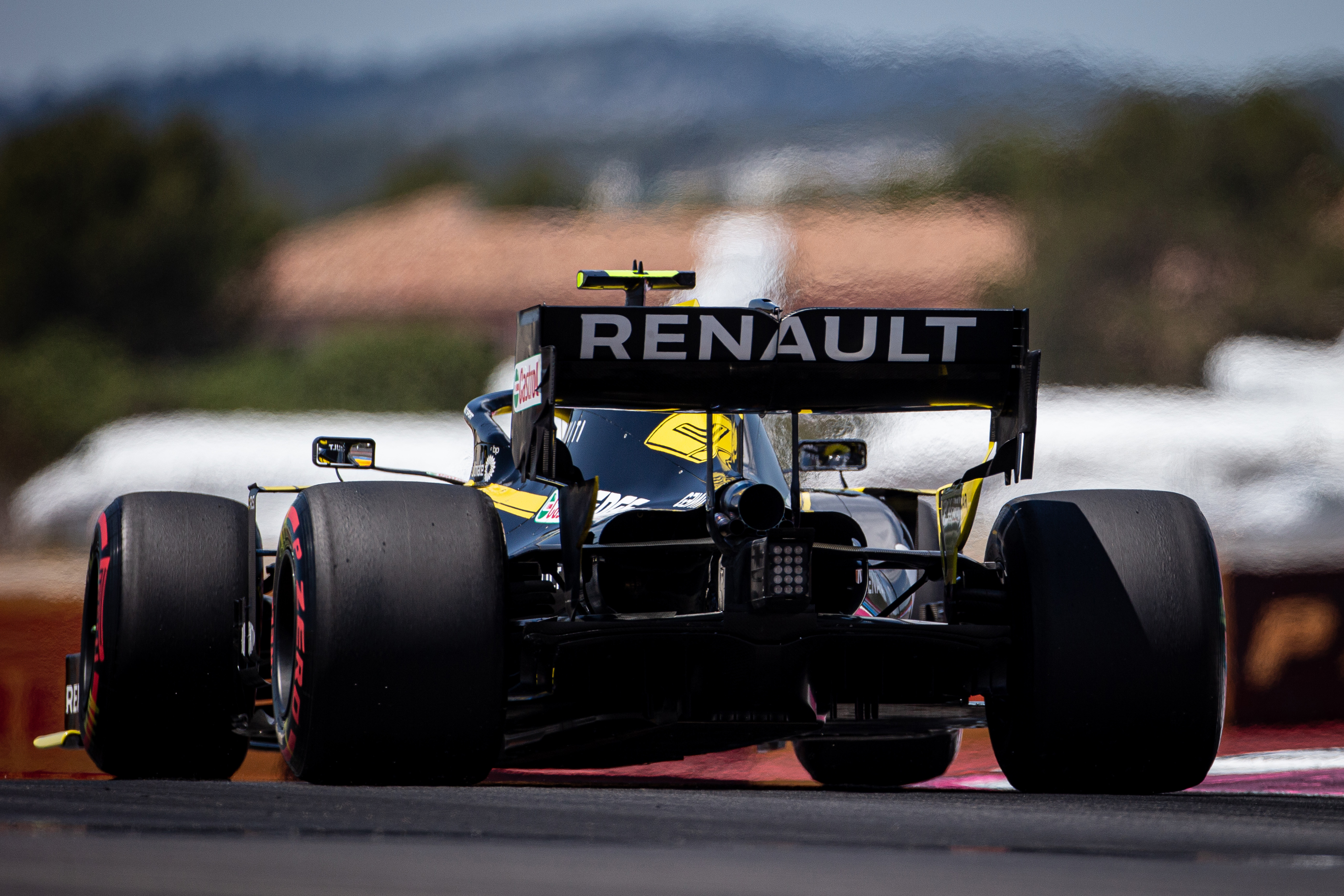
The package introduced at the French Grand Prix didn’t work as hoped and, despite again improving its best results with Ricciardo and Hulkenberg fourth and fifth at the Italian Grand Prix, the fact the Renault was at its strongest on low-downforce tracks revealed its weakness.
Upgrades to the all important bargeboard area weren’t working as hoped and development trailed off, with the team eventually admitting that it was locked into the wrong concept – partly thanks to the decision to go with the loaded outboard front wing design that theoretically created more downforce but was harder to control given the new-for-2019 rules designed to mitigate aerodynamic outwash.
Changes were made over the winter, with technical director Nick Chester moving on to be replaced by Pat Fry. Dirk de Beer, a key part of the Enstone team’s race-winning performances early in the decade, returned as head of a revamped aero department after stints at Ferrari and Williams.
The aero side was key. What Renault had underestimated was just how advanced the aerodynamic understanding of the big three teams had become given their years of investment and experimentation.
As Bell had warned in 2018 before moving out of his full-time role with Renault, the aero advantage of the top teams would take longer than expected to eliminate even if the Renault power unit was much closer to the performance of Mercedes and would move ahead of Ferrari in 2020 after the off-season technical directives kicked in.
YEAR 5 – 2020
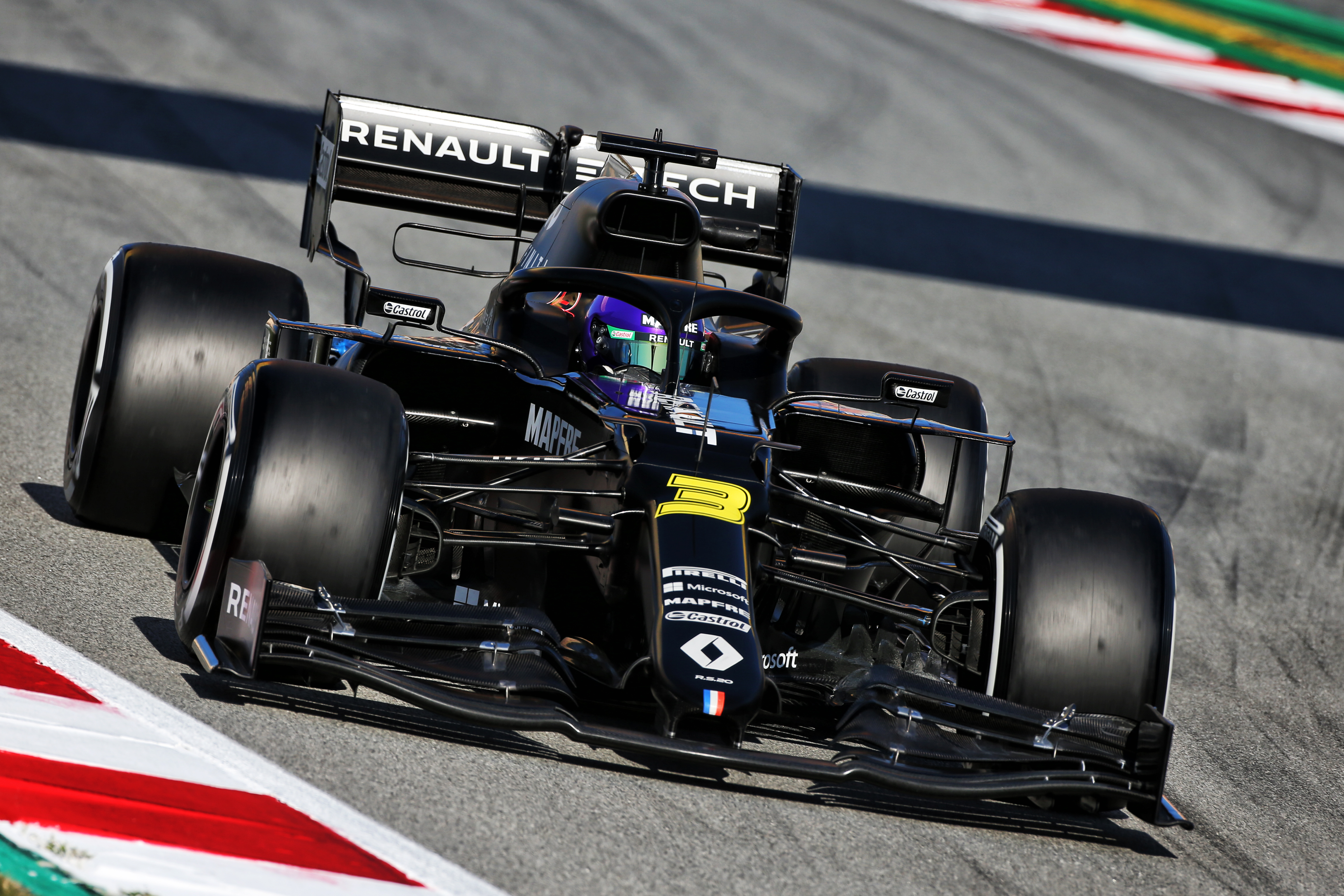
Renault’s car featured a very different, Mercedes-inspired nose design when it broke cover and performed with some promise in pre-season testing – but not enough to convince Ricciardo to stay.
With the start of the season delayed after the Australian Grand Prix was abandoned, Ricciardo decided to sign for McLaren in place of the Ferrari-bound Sainz in 2021, depriving Renault of its prize asset.
Once the season started, things began to look up. A triple upgrade introduced for the Austrian Grand Prix, first planned for deployment over the opening six races of the originally scheduled season, improved performance.
But it wasn’t until subsequent upgrades and a breakthrough in set-up understanding achieved at Silverstone that Renault emerged as a consistent leader of the midfield pack from the Belgian Grand Prix at the end of August onwards.
At Spa, Ricciardo and new team-mate Esteban Ocon finished fourth and fifth, which began a run of five weekends where Renault was the second-highest points scoring team behind only Mercedes.
But the fact Renault took that first podium at the Nurburgring was significant given it was a high-downforce track, where Renault had traditionally struggled – even in 2020 on visits to the Hungaroring and Barcelona.
As Abiteboul said after the race, it proved the Renault RS20 is now a genuine all-rounder and this means finishing third in the constructors’ championship is possible if the end of the season goes as well as the middle stages.
THE FUTURE

Renault initially underestimated the demands of F1 and that five-year plan must now be seen as at least a seven-year plan.
And while that means the five-year original plan ultimately failed, the fact that the team is on the way up again after last year’s troubles is encouraging.
With new regulations in 2022, there’s a genuine opportunity to jump to the front, especially if the Renault team can prove its aerodynamic understanding is continuing to grow during 2021.
Next year, it will be rebranded as Alpine as part of a new Renault corporate strategy, the cost cap will ensure it’s not outspent by Mercedes, Ferrari and Red Bull to the same extent and Fernando Alonso will return for a third stint.
Renault has the ingredients to get to the front in F1 – but it still has a mountain to climb to gain that final 1.5% of performance that it needs to get on terms with Mercedes. And doing that in time for 2022 is big ask, even with the arrival of Alonso.





